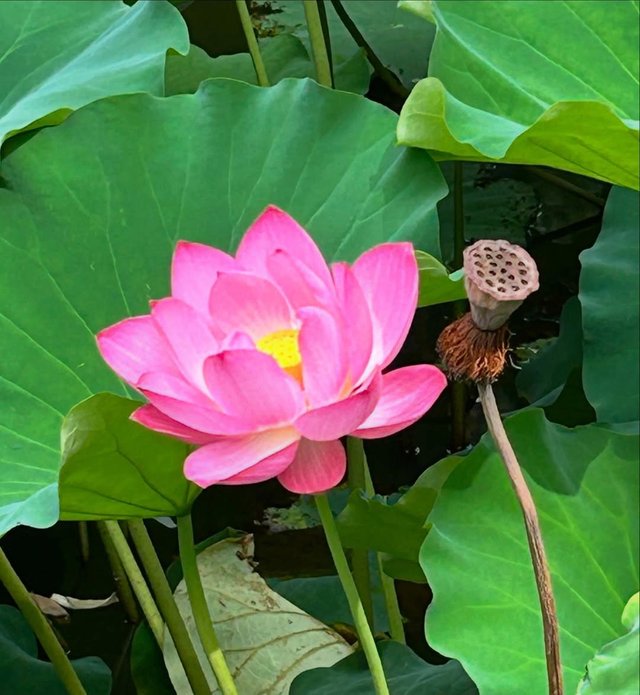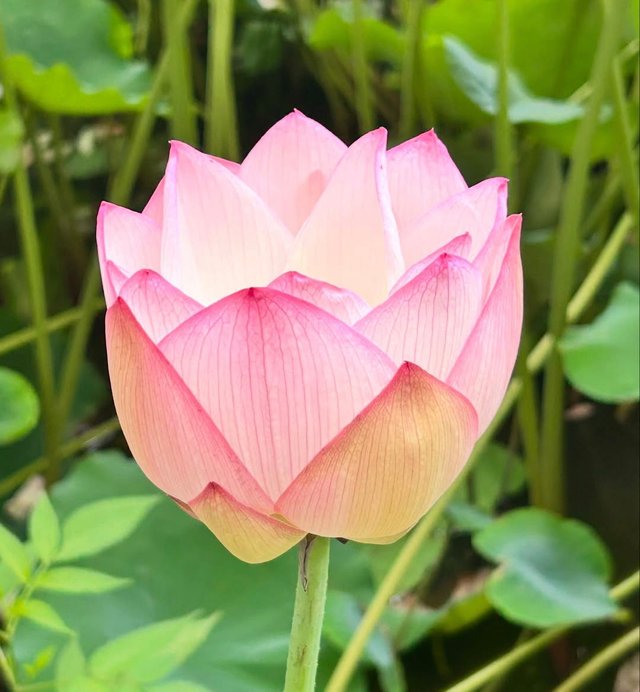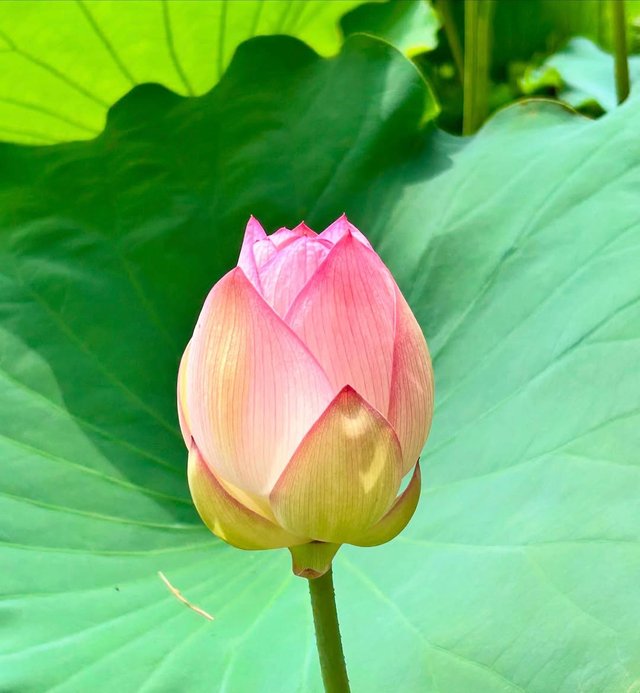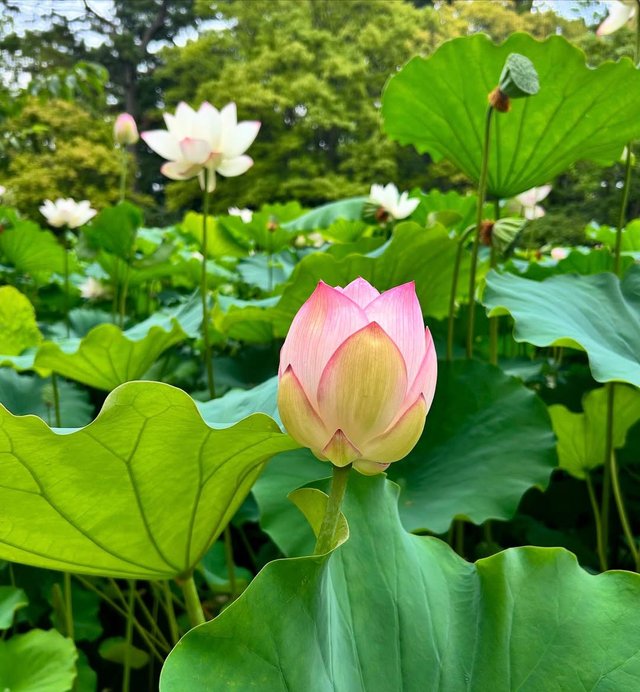Nelumbo nucifera
The Nelumbo nucifera, commonly known as the sacred lotus, is far more than just a beautiful aquatic plant. Revered for millennia across cultures and religions, this remarkable species is a botanical marvel that intertwines biology, symbolism, and survival in ways few other plants can claim. From ancient temples to modern laboratories, Nelumbo nucifera stands as a symbol of purity, resilience, and regeneration.
Nelumbo nucifera thrives in slow-moving freshwater environments such as ponds, lakes, and floodplains. It requires warm temperatures and full sun to bloom, making it well-suited to tropical and subtropical climates.Cultivated for its beauty and utility, the lotus is grown in gardens, temple ponds, and agricultural wetlands across Asia. It’s propagated both by seeds and by dividing rhizomes, with cultivation practices varying based on purpose — ornamental, culinary, or medicinal.
Beyond its beauty and symbolism, the sacred lotus plays a vital ecological role. It helps oxygenate water bodies, provides habitat for fish and insects, and prevents the overgrowth of algae. Culturally, it remains a powerful national and religious emblem in countries like India, Vietnam, and Egypt.In recent years, Nelumbo nucifera has gained attention in environmental engineering projects and sustainable agriculture due to its adaptability and ecological benefits.




